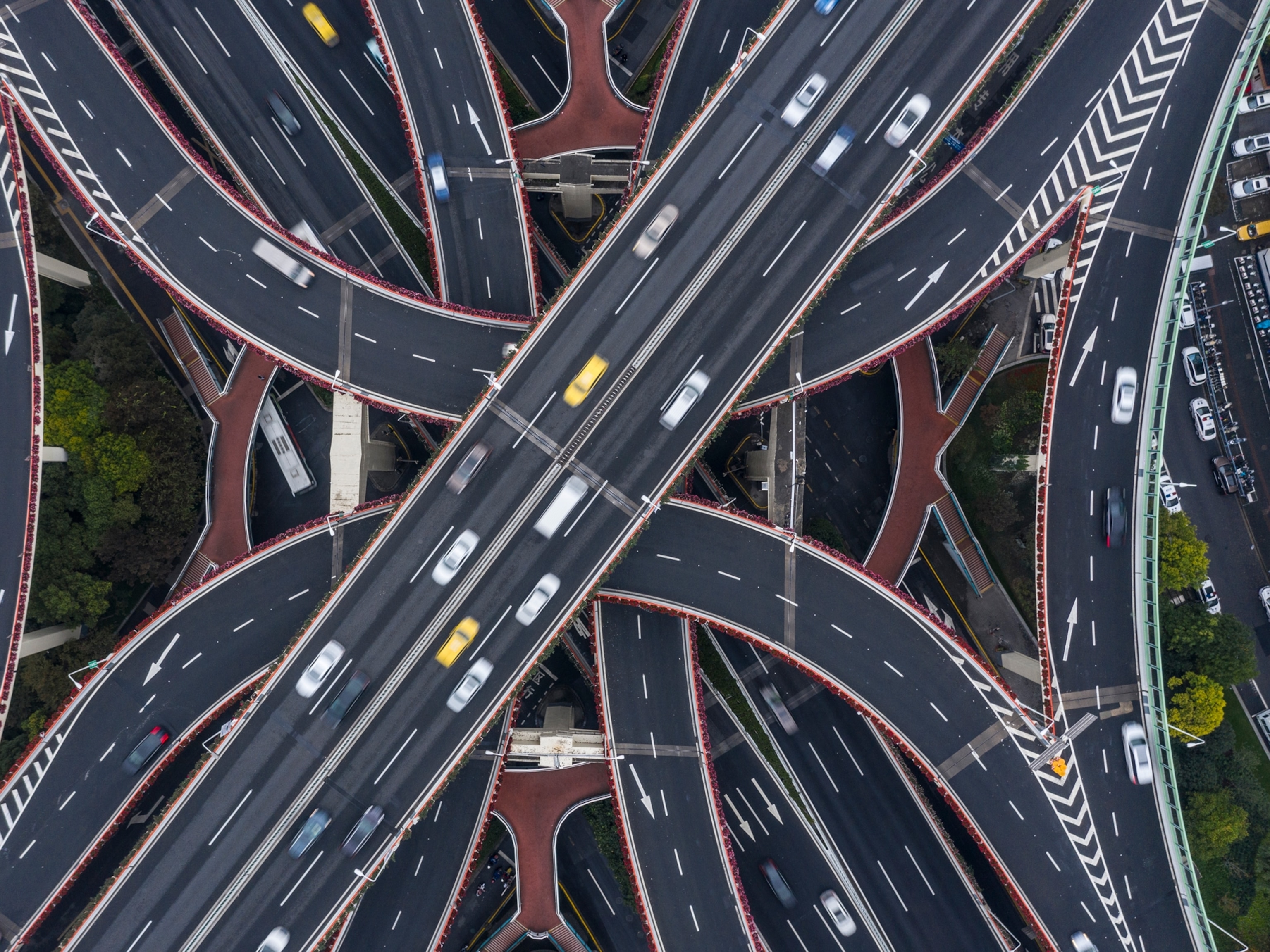
Why we need to give air pollution the sustained attention it deserves
It’s a killer of millions, and it’s worst where the most vulnerable people live. But air pollution can be cut drastically when we demand regulation and enforcement.
This story appears in the April 2021 issue of National Geographic magazine.
It’s hard to imagine places more different from one another than Delhi, India; Mexico City, Mexico; and Gary, Indiana. Yet years after I visited those cities, they’re indelibly linked in my memory for one reason: the foul, polluted air smothering their landscapes. The pollution was so heavy you could see it wafting through the interiors of modern buildings (Delhi, 2016), feel it stinging your eyes (Mexico City, 1972), and smell it through closed car windows (Gary, the 1960s).
Despite its ubiquity, or perhaps because of it, air pollution has rarely gotten the sustained attention it deserves. That’s an outrage, given that air pollution is a global killer, causing an astonishing seven million premature deaths every year. But it’s also an opportunity, because this is an environmental problem that we can fix.
There’s no better example of that than the experience of the United States, which last year celebrated the 50th anniversary of the Clean Air Act. Signed by President Richard Nixon on December 31, 1970, this single statute resulted in a 77 percent decrease in the nation’s air pollution. It lengthened millions of American lives, saved trillions of dollars, and according to the American Lung Association’s Paul Billings, became “the most powerful public health law enacted in the 20th century.”
Those of us of a certain age can vividly recall its impact. Think of Los Angeles 50 years ago, or Pittsburgh, or so many other locales where the horizon was a haze and grime settled on your car overnight. The Clean Air Act has been “the difference maker,” in Billings’s words—leaving many U.S. communities’ air quality “so much better than it was, and so much better than it is in other parts of the world.”
Still, the problem is far from solved, as pollution expert Beth Gardiner and photographer Matthieu Paley found in reporting this month’s cover story. Air pollution disproportionately harms the poor and people of color who live where it’s worst. And after four years of a U.S. administration that gutted regulations, the Clean Air Act “has survived, but it has been damaged,” says environmentalist Mustafa Santiago Ali.
Though there will be challenges, Ali is convinced that the time is right to build on the act’s achievements. “You have a new generation that understands how important it is to have clean air,” he says. “I hope we’ll come to a point in our history, sometime soon, where not only do we understand the value of [the act], but we’re willing to do the hard work of enhancing it.”
Thank you for reading National Geographic.





